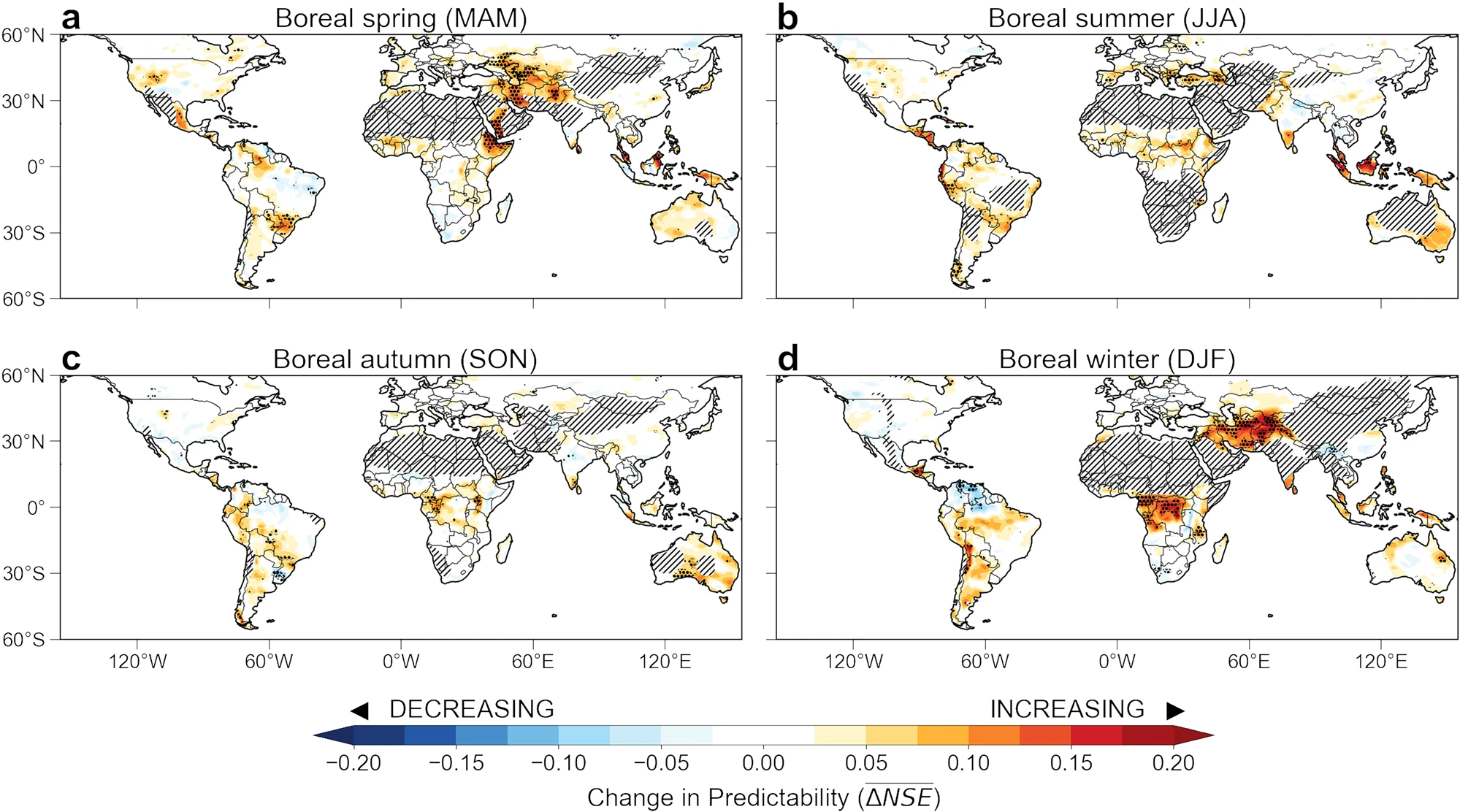Welcome to our Lab's website!
We are a group of climate scientists, hydrologists, environmental engineers and data scientists who work on better understanding hydroclimate and its variability across scales, better quantifying and attributing predictability of the Earth system, and exploring adaptation strategies in the face of climate change. In doing so, we use, develop and assess state-of-the-art data science techniques, such deep learning models and expainable artificial intelligence (AI).
Past and current areas of research include improving predictive skill of hydroclimate and extreme events, understanding climate teleconnections and predictability, advancing climate attribution and causal discovery, climate downscaling, among others.
Some representative papers from our Lab have garnered international attention and have been highlighted by publishers. Examples include "A new interhemispheric teleconnection increases predictability of winter precipitation in southwestern US," published in Nature Communications; "Zonally contrasting shifts of the tropical rain belt in response to climate change," published in Nature Climate Change; "Underestimated MJO variability in CMIP6 models," published in Geophysical Research Letters; and "Climate-driven changes in the predictability of seasonal precipitation" published in Nature Communications.
2025 Group:

2024 Group:

Read more about our research here.
Highlighted Research
Attribution Benchmarks to introduce objectivity in the XAI assessment

--> article link
Zonally contrasting shifts of the tropical rain belt in response to climate change

--> article link
--> interview
--> UCI news release
Climate-driven changes in the predictability of seasonal precipitation

--> article link
Simultaneous Bias Correction and spatial Downscaling of climate model Rainfall

--> article link
